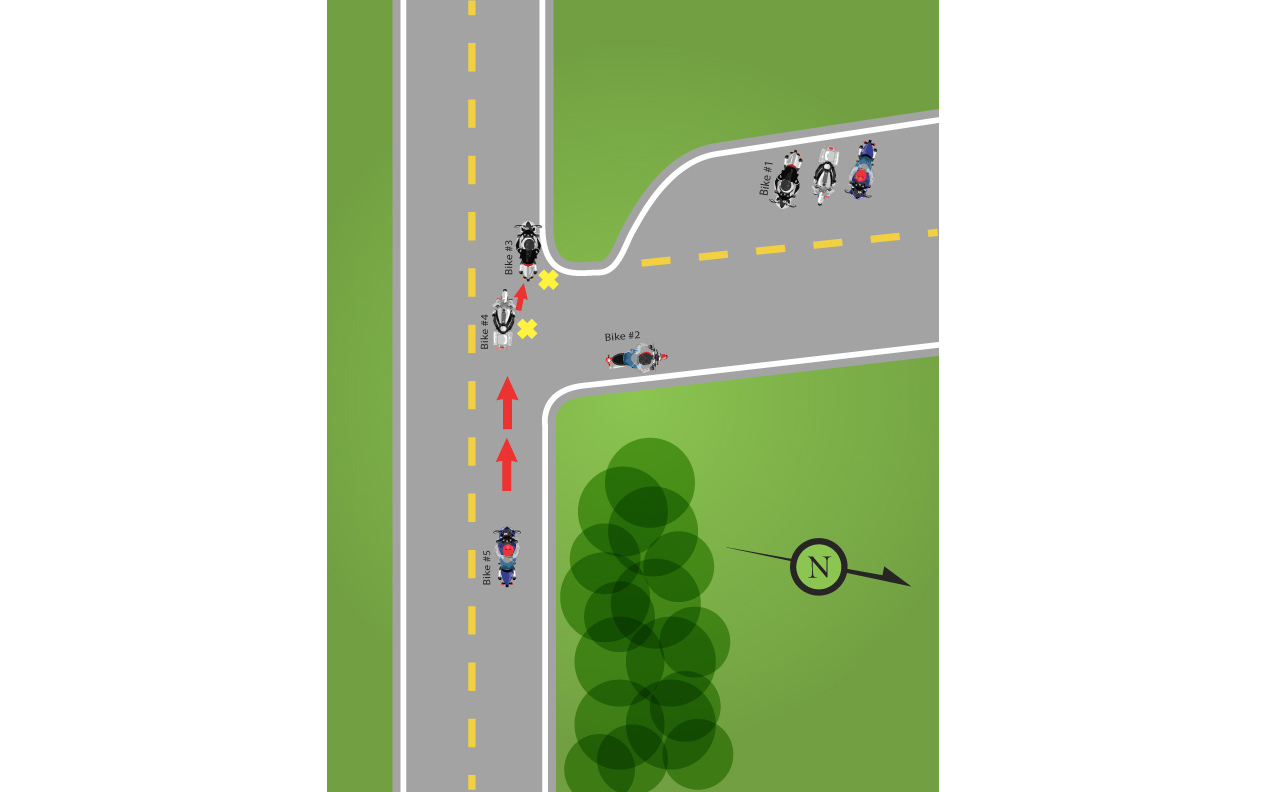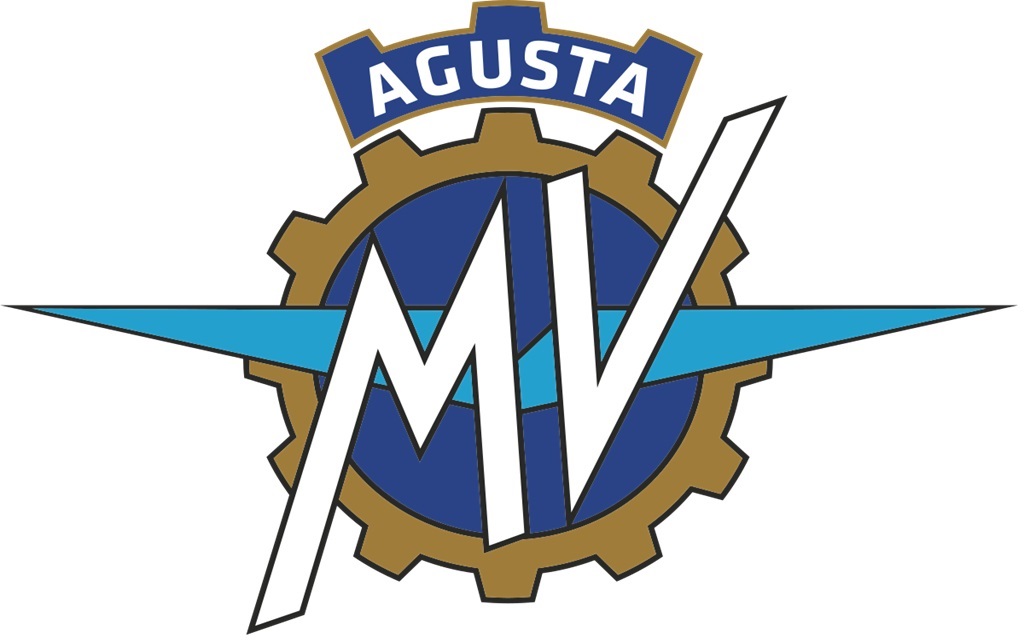What does Swiss cheese have to do with motorcycle safety? Almost nothing; it’s the holes in the cheese that we should be worried about.
Let’s look at an actual motorcycle accident which occurred in 2019. It happened on a sunny day at a minor junction on a straight stretch of clean, dry road. Beyond the riders involved, a tour group, there was no other traffic in the immediate area at the time. Everyone involved was a competent, high-mileage rider who had benefitted from on-road advanced rider training. Although one motorcycle was too damaged to continue, no one was seriously injured.
No. 1 was the group leader. Before turning right into the sideroad and parking area he did not signal to the rider immediately behind to mark the junction. He assumed that those who were following saw him exiting the main road and would simply follow. The error? The leader did not properly assign the task or specific spot for marking the turn-off.
The rider of bike no. 2, aware that some remaining riders were not in sight, stopped in this location to mark the junction. The error? This person was partially out of sight of following riders.
Rider no. 3, upon catching up with the first few riders, did not immediately see #2 marking the junction or other riders already stopped in the parking area. A split second later #3 did see either the junction marker, or the riders in the parking lot, commenced very hard braking and came to a complete stop in their lane. The error? Not first checking his rear before hard braking.
No. 4, whose focus was on #3, was able to react and brake in time to avoid colliding with #3. Rider 4’s error? None, although unfortunately this rider received the biggest battering.
Rider no. 5, whose initial focus was on riders #3 and #4 ahead, became momentarily distracted by the riders in the parking area, at exactly the same time as #3 began braking very hard. As a result, #5 was not left with sufficient time to change direction, reduce speed and avoid careening into the sides of #4 and #3. The error? Removing their focus on the most immediate hazards; the riders ahead.
This is a good illustration of the Swiss cheese model of accident causation, originally formally advanced by Dante Orlandella and James T. Reason of the University of Manchester. The model is used in risk analysis and risk management, including aviation safety, engineering, healthcare, and as the principle behind layered security.
In the Swiss cheese model, defenses against failure are modeled as a series of barriers, represented as slices of cheese. The holes in the slices represent weaknesses in individual parts of the system and are continually varying in size and position across the slices. The system produces failures when a hole in each slice momentarily aligns, permitting (in Reason’s words) “a trajectory of accident opportunity”, so that a hazard passes through holes in all of the slices, leading to a failure. (Wikipedia)
In the accident scenario illustrated above, none of the small errors, on their own, were enough to cause the accident. It was only because they all lined up at the same time that the mishap occurred. There was a very linear “trajectory of accident opportunity”. Remove any of the seemingly small errors and this incident would never have happened.
What can we learn from this? That very small changes at initial stages can create significantly different outcomes further along. A misjudged lane position, an inappropriate speed for road and traffic conditions, a missing observation, a momentary lapse of attention or a distraction may not make much difference on its own. However, depending on timing, and the opportunity of holes lining up, we can all too easily find ourselves at the point of failure. Crashing a motorcycle.
Advice? Be alert to the holes in Swiss cheese. They’re everywhere.






